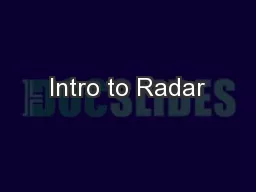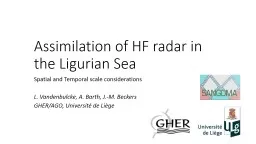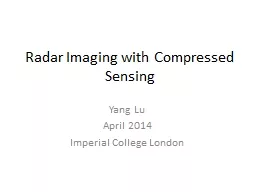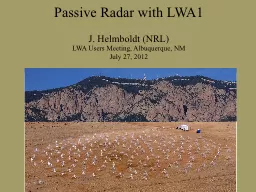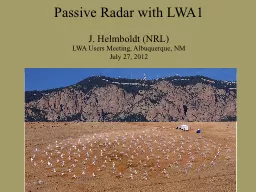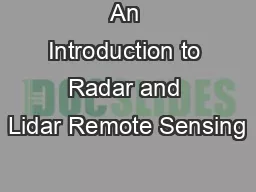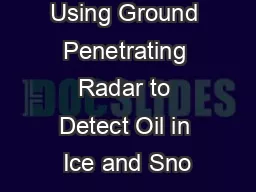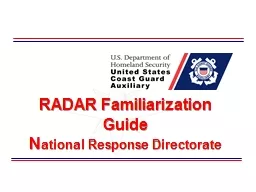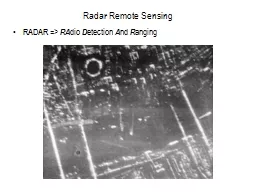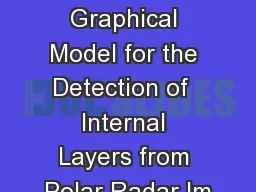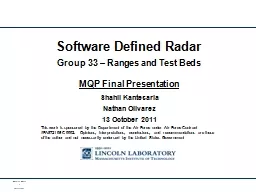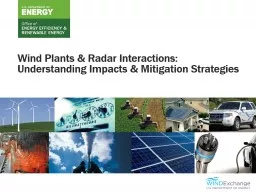PPT-Intro to Radar
Author : yoshiko-marsland | Published Date : 2017-08-28
SO 254 Spring 2017 LCDR Matt Burich Radar is the most commonly used active sensor in meteorology RADAR RA dio D etection A nd R anging Active refers to the
Presentation Embed Code
Download Presentation
Download Presentation The PPT/PDF document "Intro to Radar" is the property of its rightful owner. Permission is granted to download and print the materials on this website for personal, non-commercial use only, and to display it on your personal computer provided you do not modify the materials and that you retain all copyright notices contained in the materials. By downloading content from our website, you accept the terms of this agreement.
Intro to Radar: Transcript
Download Rules Of Document
"Intro to Radar"The content belongs to its owner. You may download and print it for personal use, without modification, and keep all copyright notices. By downloading, you agree to these terms.
Related Documents

